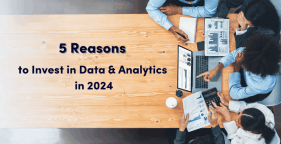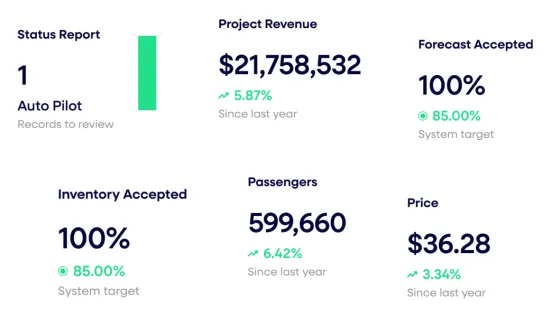Dynamic Pricing Defined – Don’t Be Fooled by Imposters

Everyone in media has heard the buzzword “revenue management” tossed around, and it seemed to be trending at NAB this year. But what does that even mean?
New software is emerging in the industry that claims to solve for it, but don’t be fooled, most are impostors. We should know. Our founder, Robert G. Cross, literally wrote the book on it. Today, our focus is on reinventing and modernizing revenue management, which has us obsessing over a critical element — dynamic pricing.
The #1 thing to remember about a dynamic pricing system?
Leverage your content to achieve stronger revenue outcomes
If it doesn’t have a demand prediction (think estimated final sellout), it cannot be considered a true revenue management system.
Why is this important? Because we all know you would never price May at the same rates as January, even if their current sellouts are similar 6 months out.
Using AI and machine learning, dynamic pricing systems analyze your order and inventory data at a very granular level to predict final sellout by program (TV) or daypart (radio). Other factors like ratings, pending, and political forecasts can also be used as inputs into this prediction.
The final demand prediction plus the outputs from other analytical modules then flow into a Rate Optimization Engine that recommends optimal rates for each piece of your inventory to maximize total revenue.
In a dynamic pricing system, all of this is done automatically and dynamically, which means it requires zero data entry from you, and rates are updated as frequently as nightly, eliminating gut feel pricing and manually pulling a zillion different reports to try to price accurately.
There are several types of pricing systems available, but you can only be considered a dynamic pricing solution if you price based on predicted final sellout. Let’s unpack this concept a little more with a look at the differences between pricing systems available today…
Approach 1: Rate Management
- When a rate card is manually set and managed within a platform, document, or sheet
- Does not include rules, analytics, or any level of logic sophistication but a savvy manager can still manage to drive some revenue through manual price changes
- Relies on a sales manager to set, update, & maintain rates
- ! CAUTION – this is 100% dependent on your Sales Manager’s ability to effectively price !
Approach 2: Rate Escalation
- A rules-based approach to pricing that is based on current sellout
- As sellout increases, rates escalate based on user-defined rules
- Does not include a concept of proactively increasing rates for high demand time periods such as May and November
- ! BEWARE – this dynamic pricing imposter will cost you revenue !
Approach 3: Dynamic Pricing
- Rates are calculated on predicted sellout to ensure you raise rates sooner and more gradually to drive incremental revenue
- Incorporates other factors such as ratings, pending, and political
- Modern dynamic pricing systems include automation & workflows, so no manual data entry is required and integration with proposal systems is seamless
- ! WINNER – this modern approach will boost sales and revenue !
Revenue Loss Example
In this example, you have 100 total spots you can sell.**
**Oversimplified for this blog**
- The Rate Management approach generates $5,880 revenue:
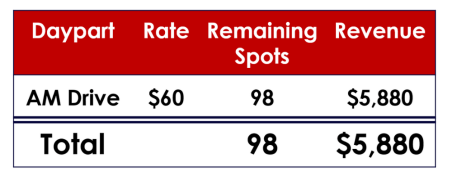
- The Rate Escalation approach actually generates less revenue – $5,100:
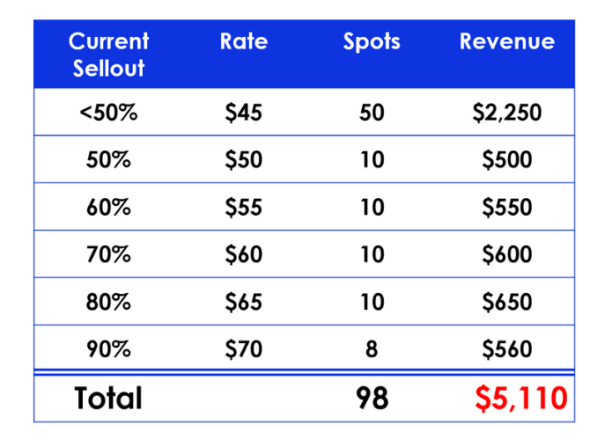
- Dynamic pricing generates the most revenue – $6,860:
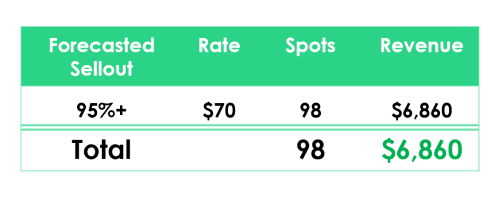
Intrigued? Book time with us today to learn about dozens of innovative broadcasters reviving ad sales with RateOptics.
Last updated on August 20, 2025


